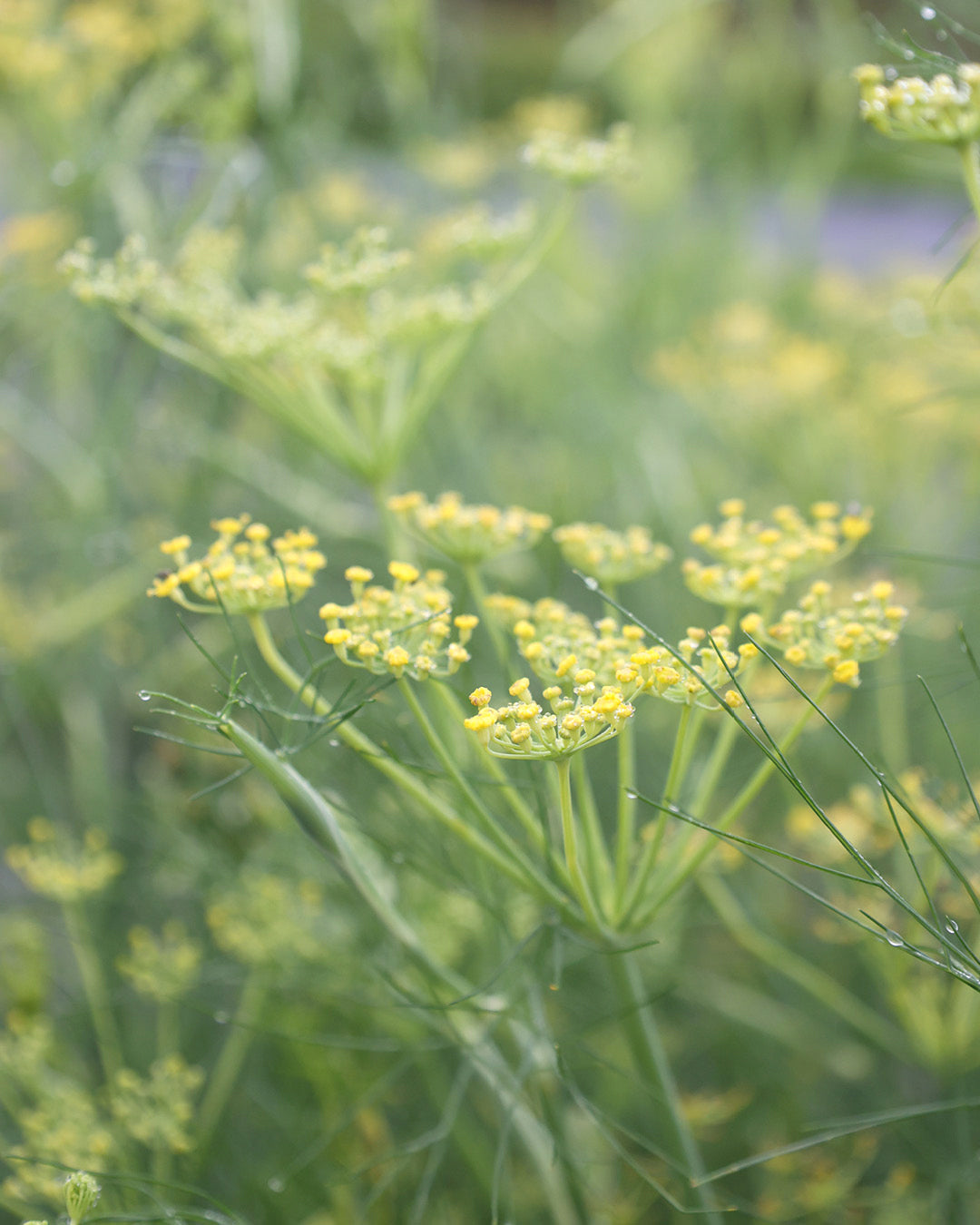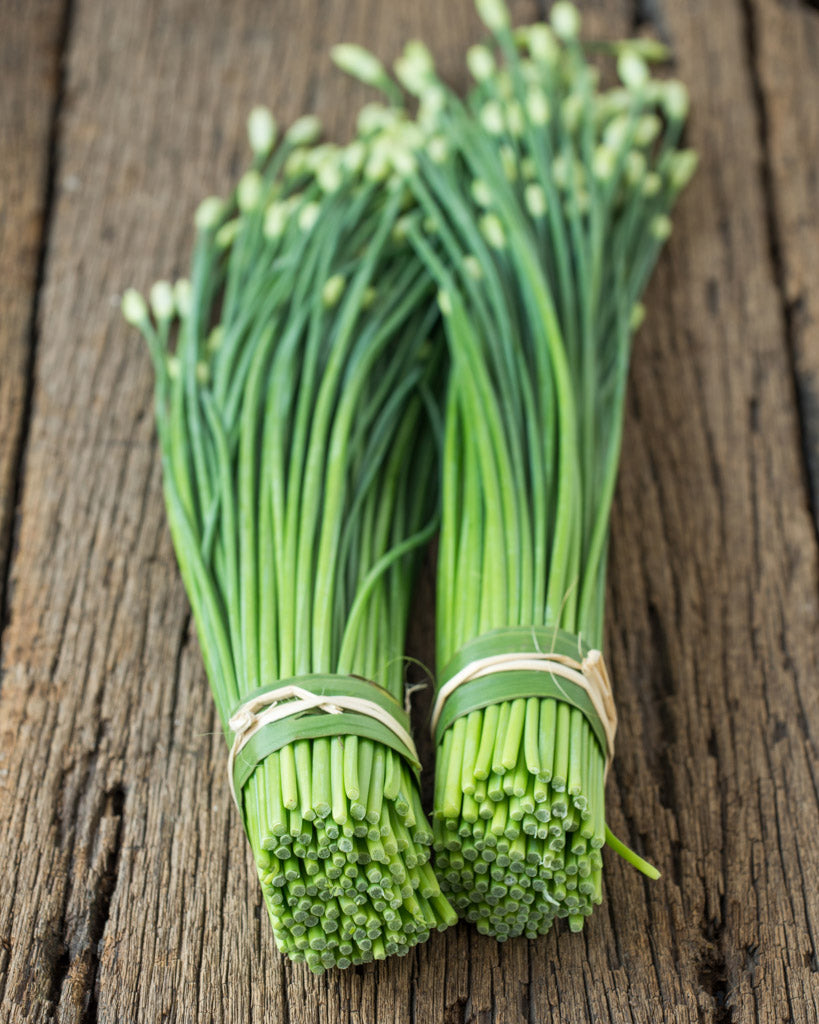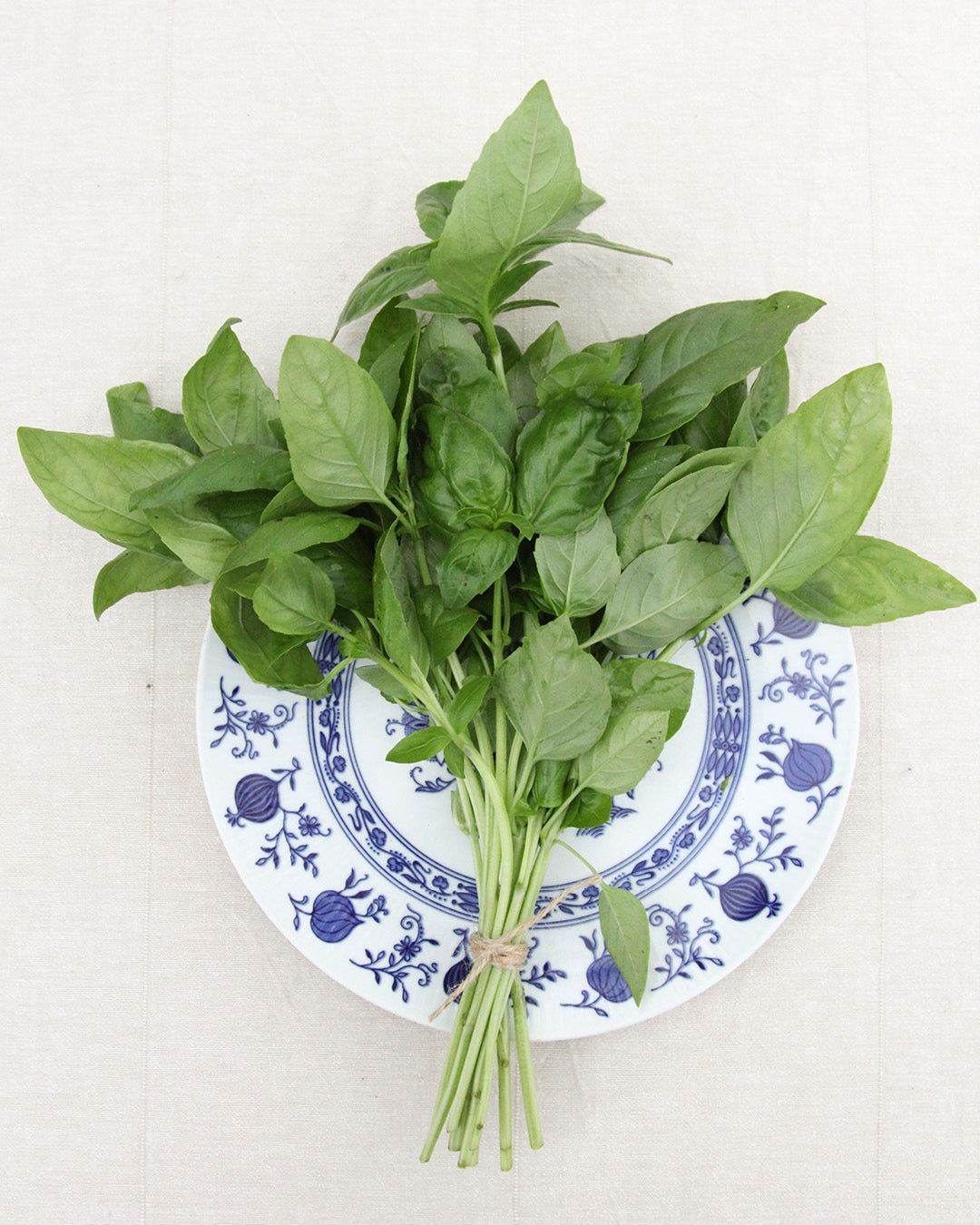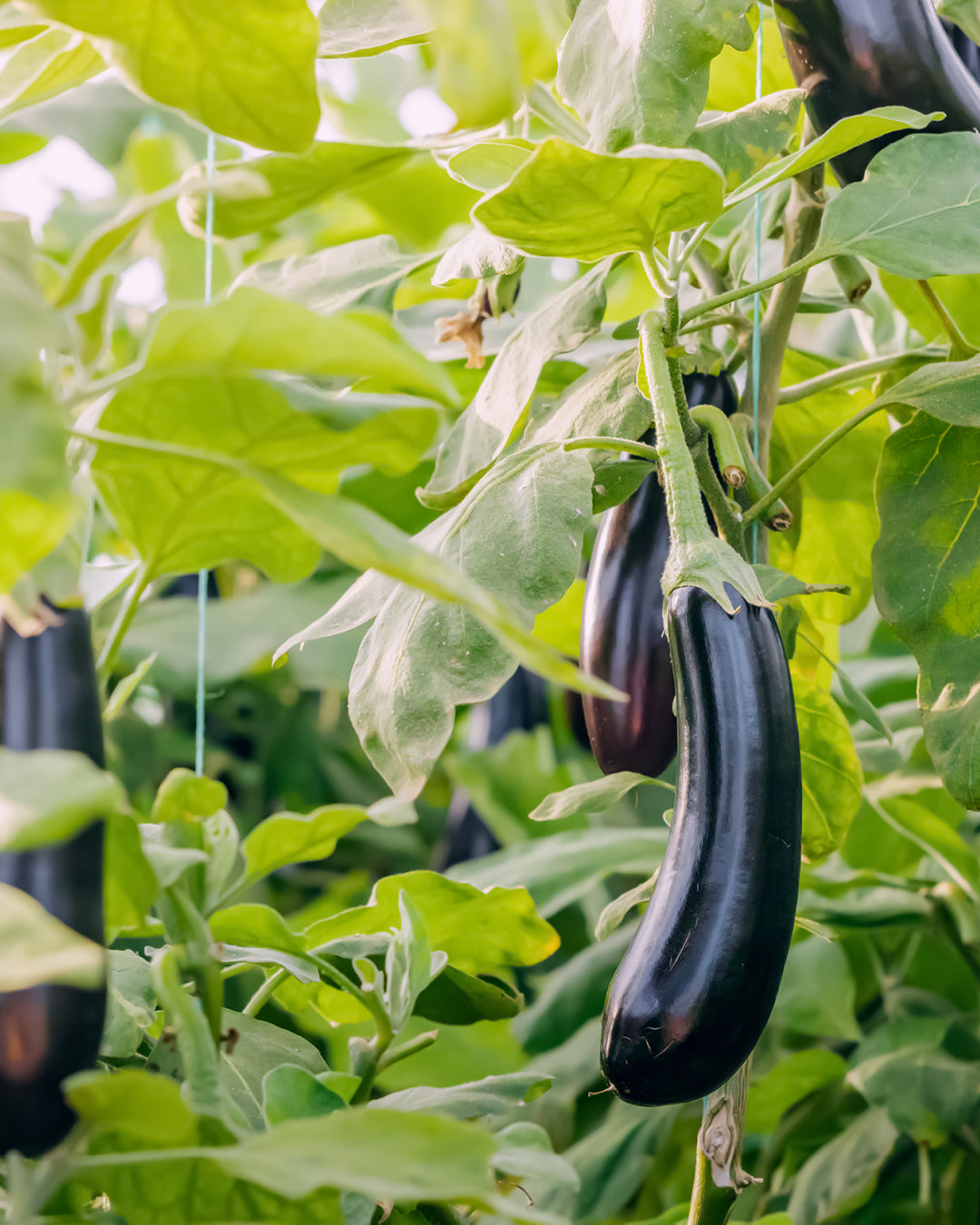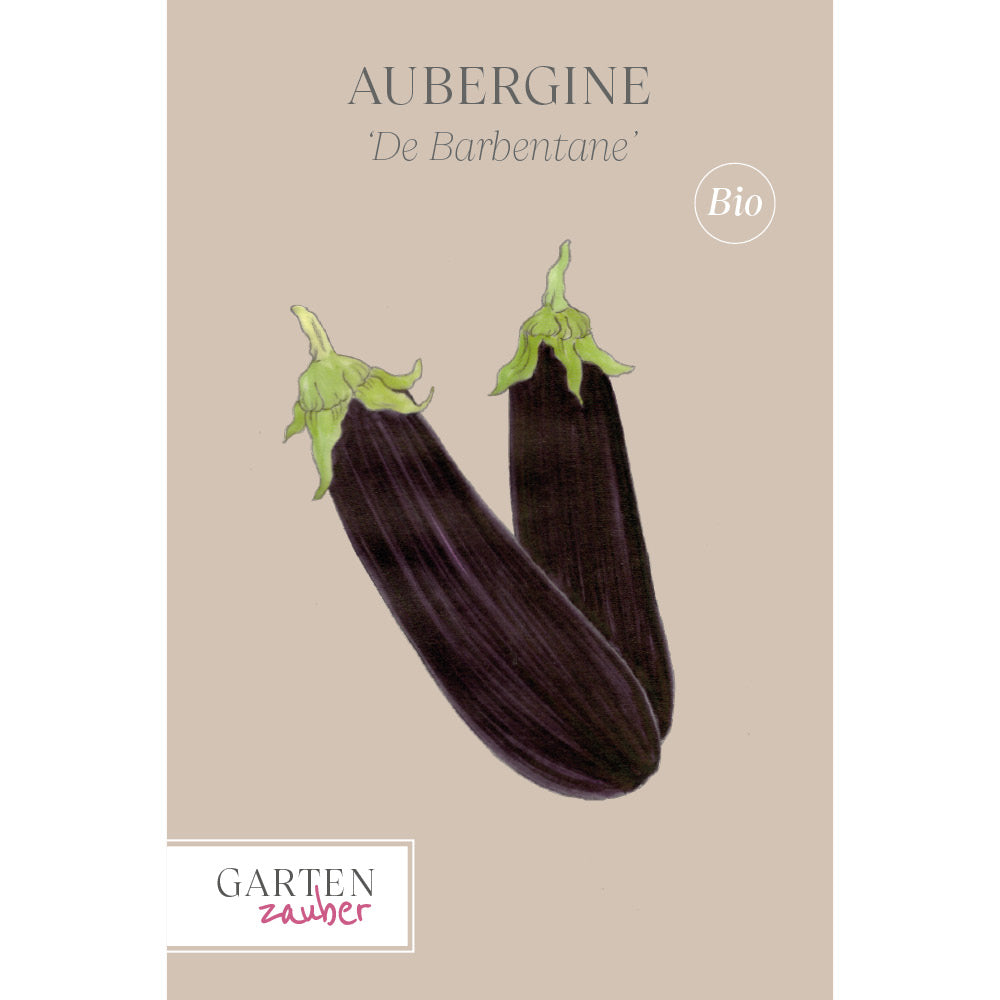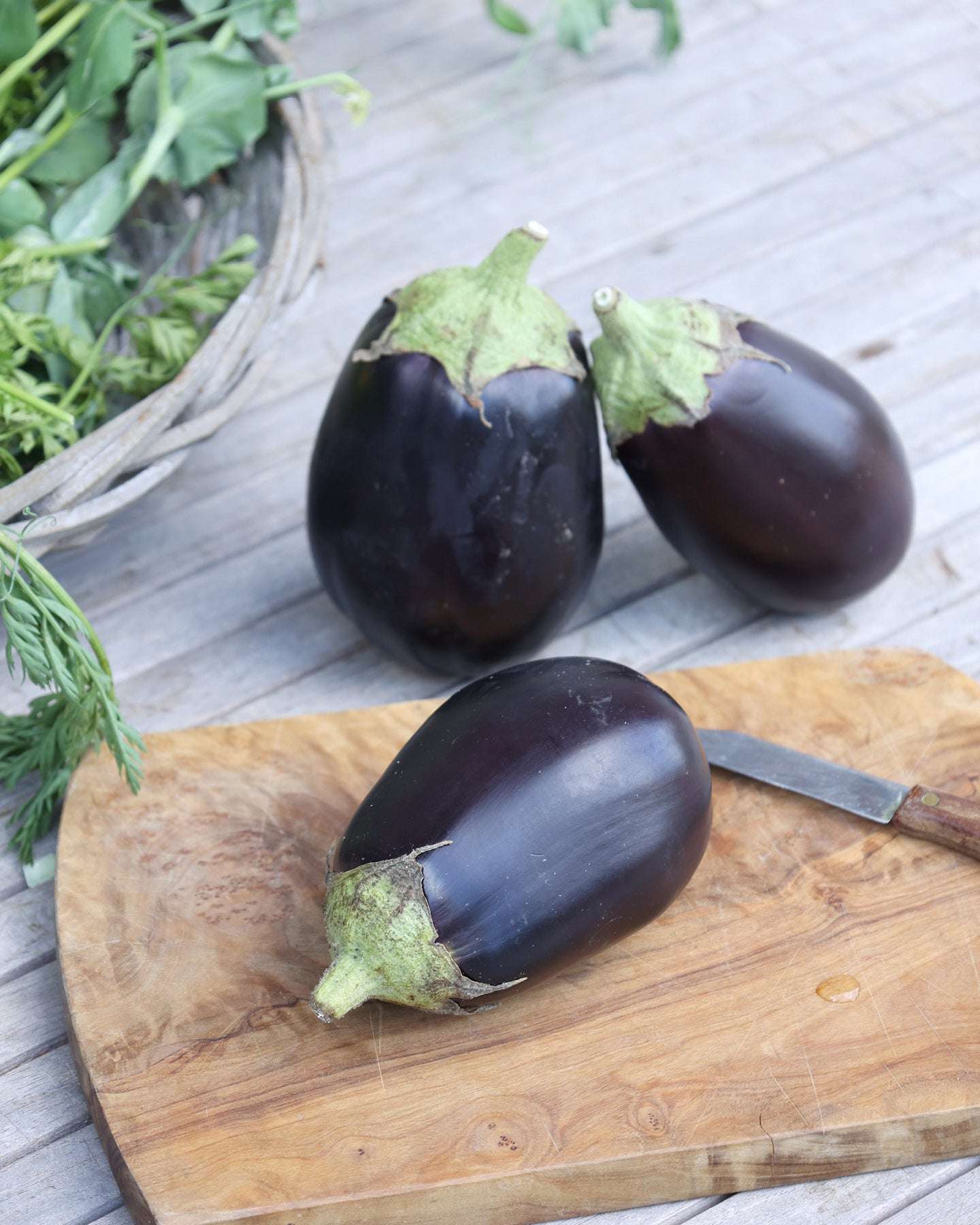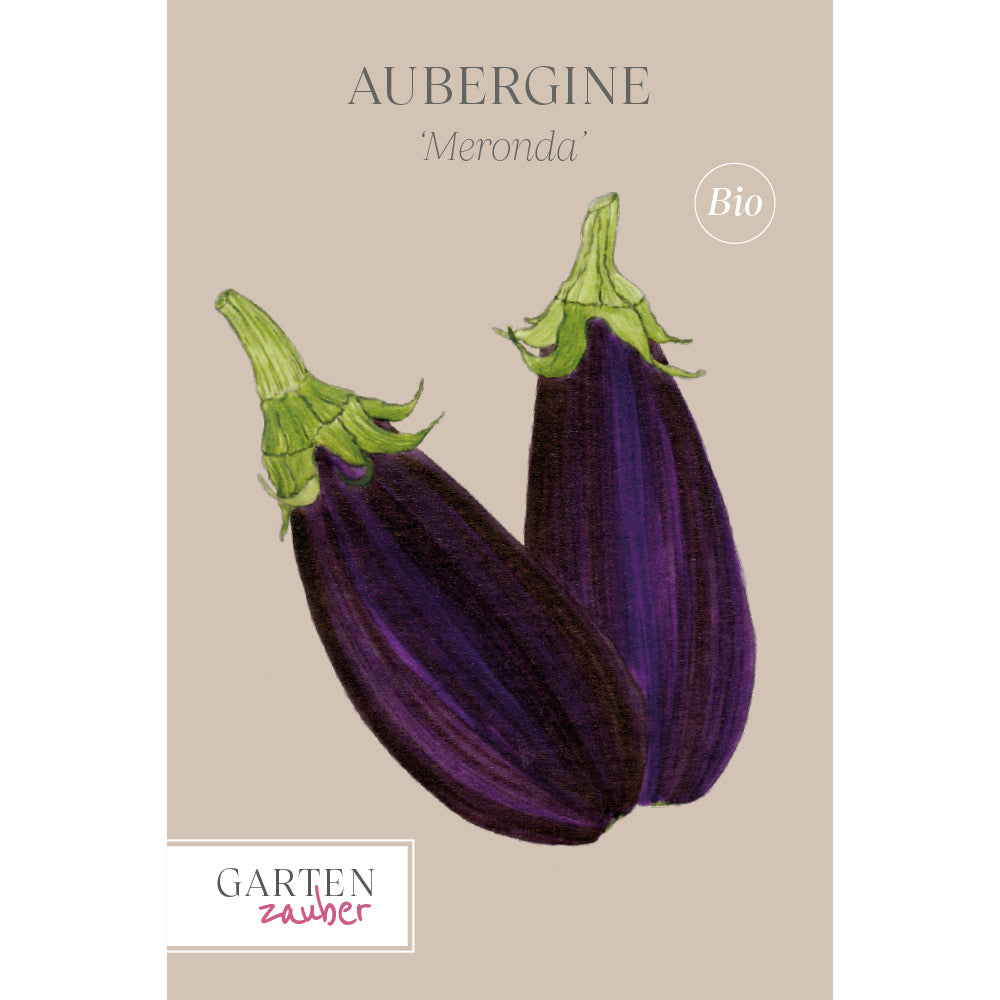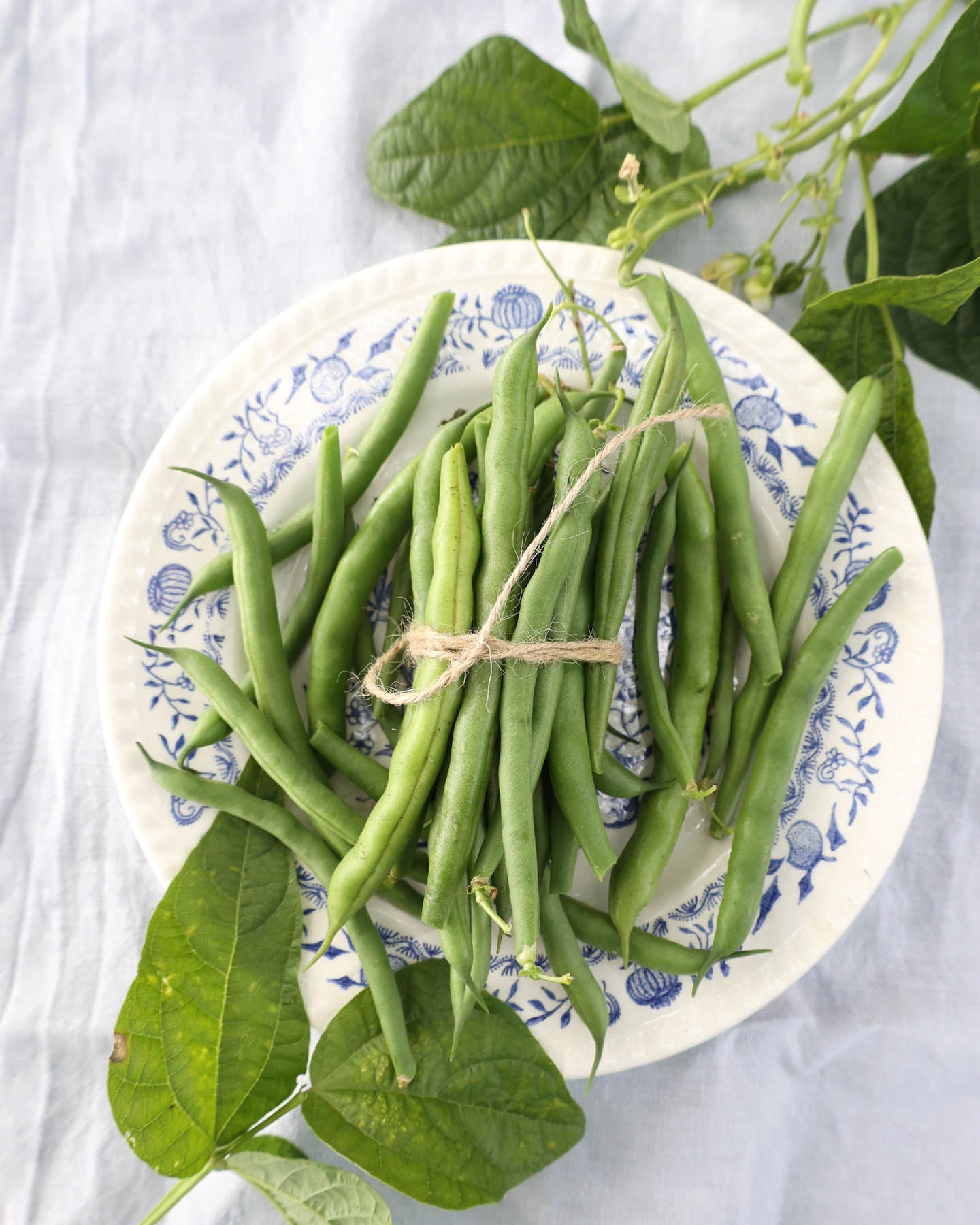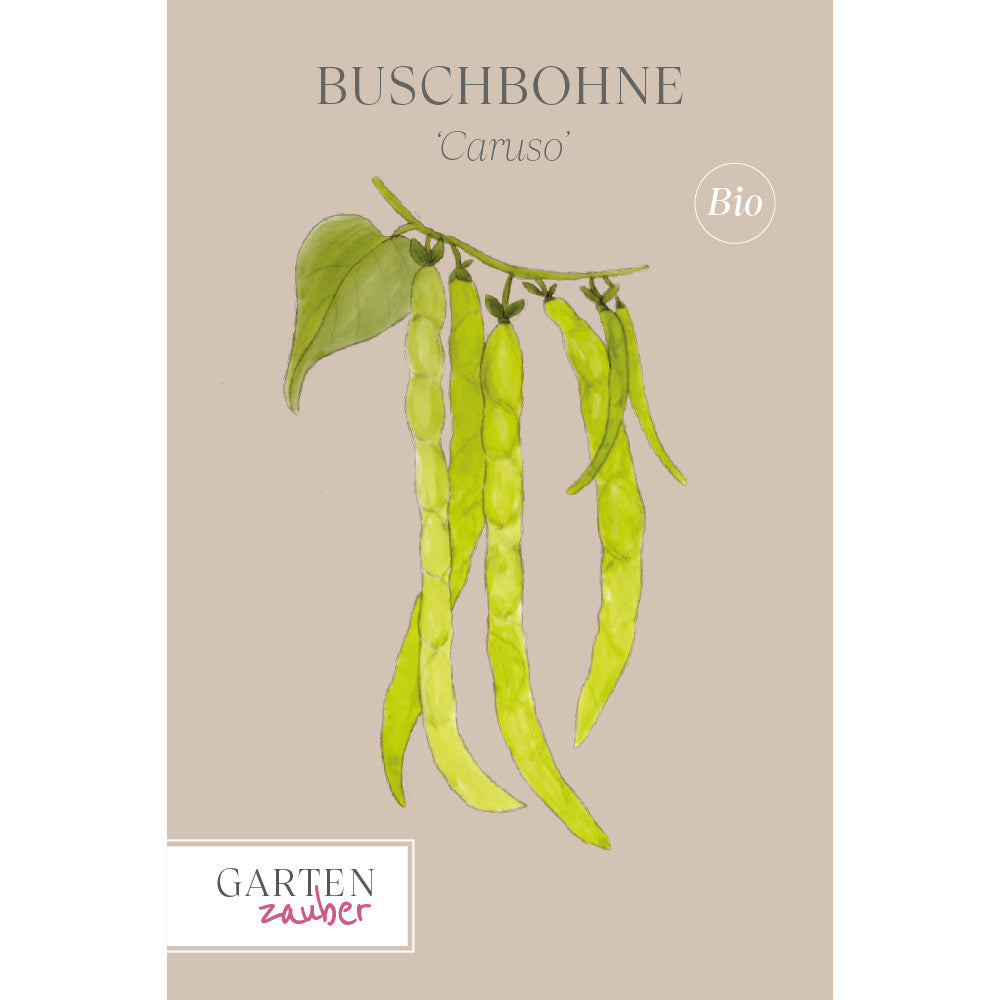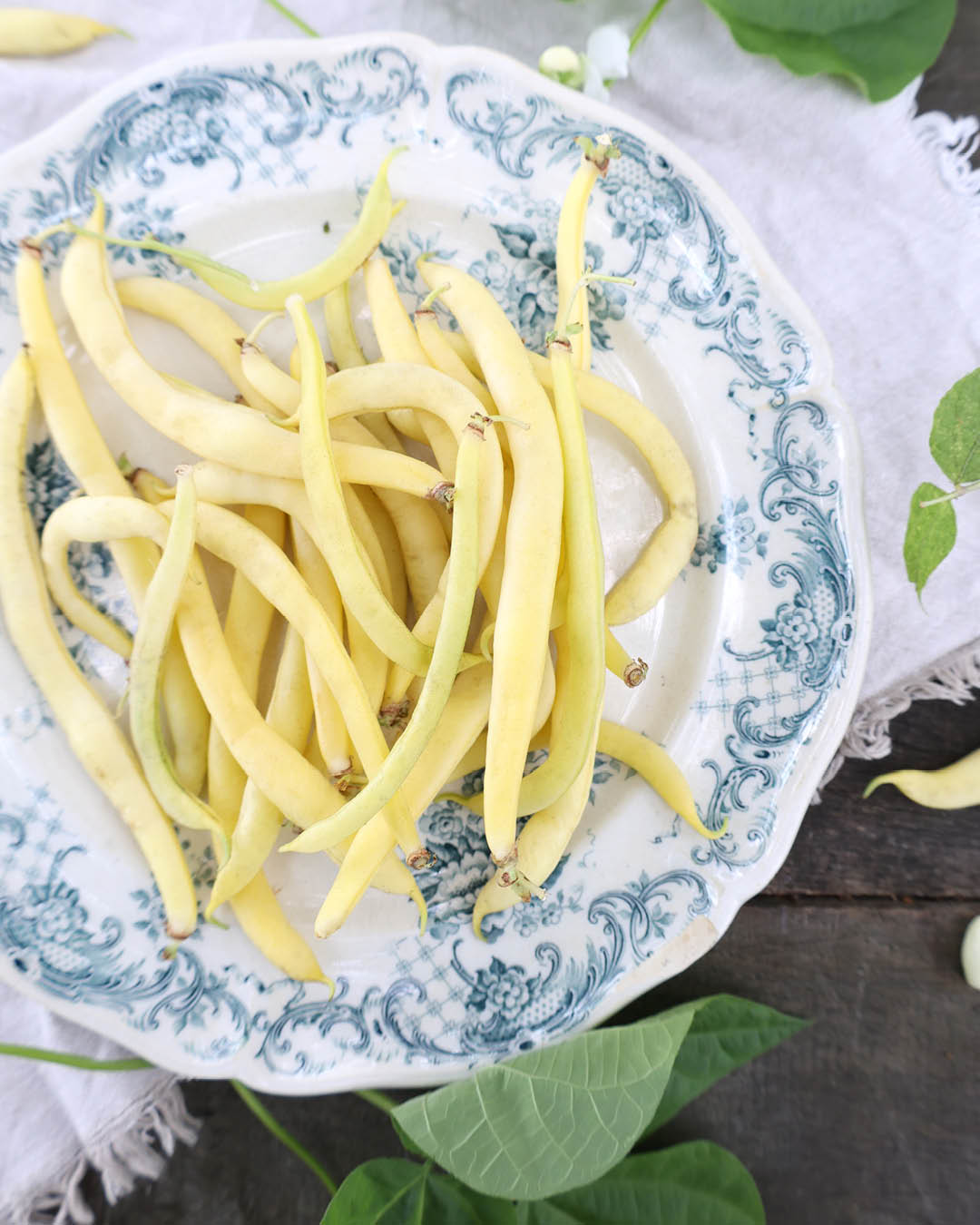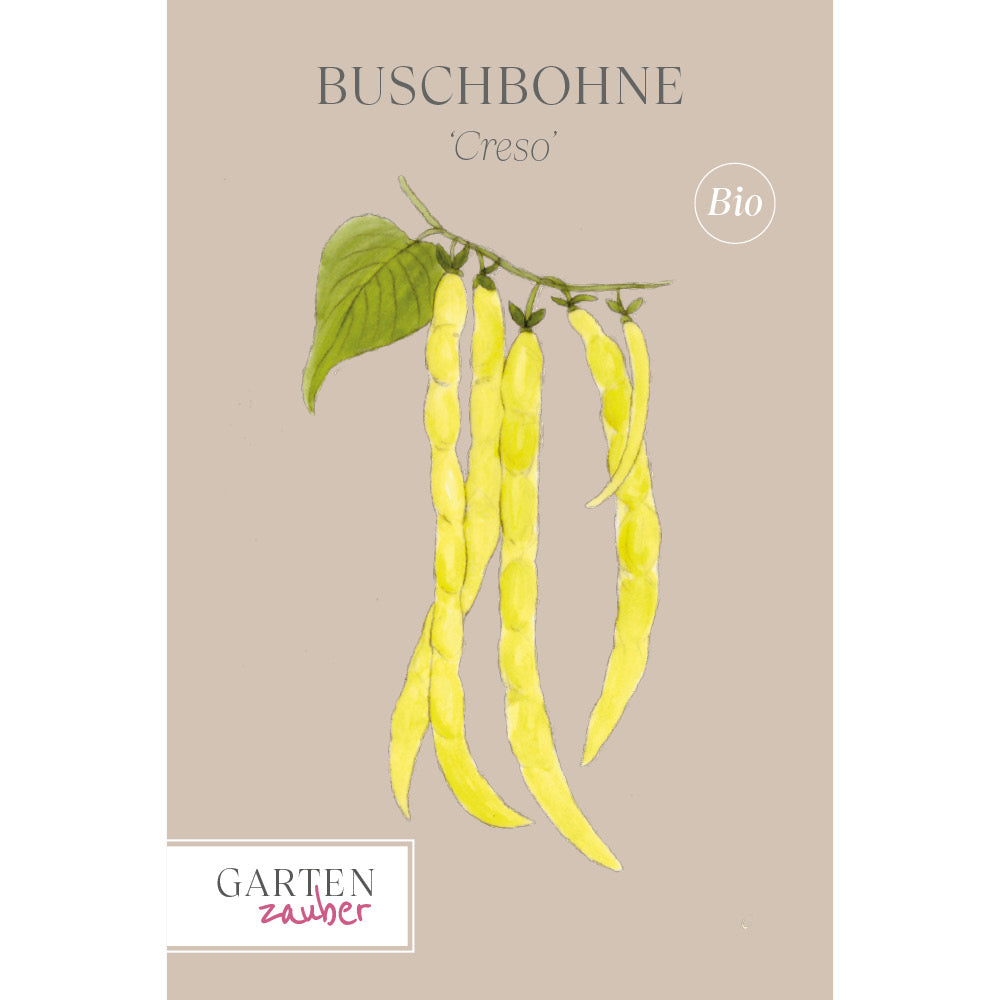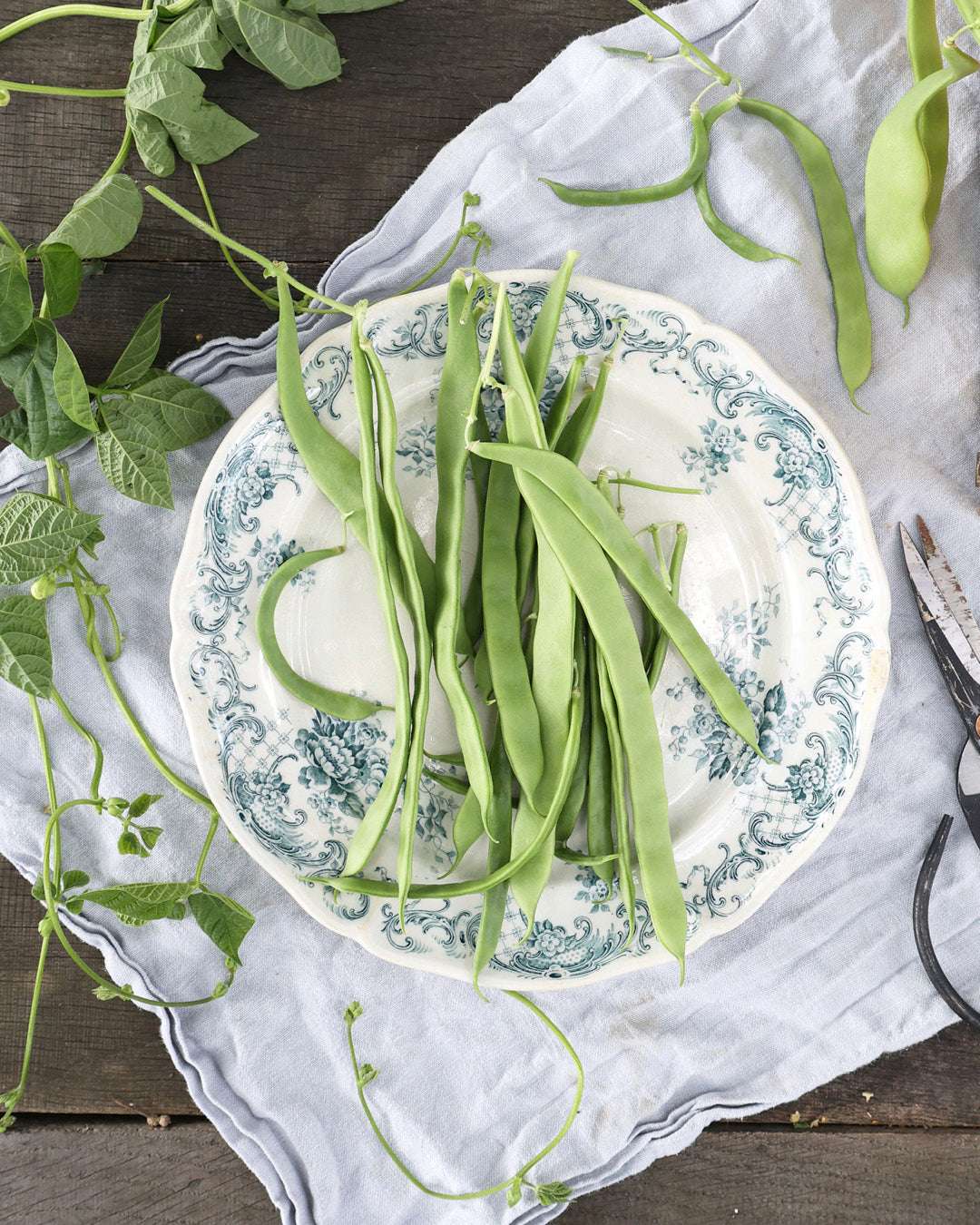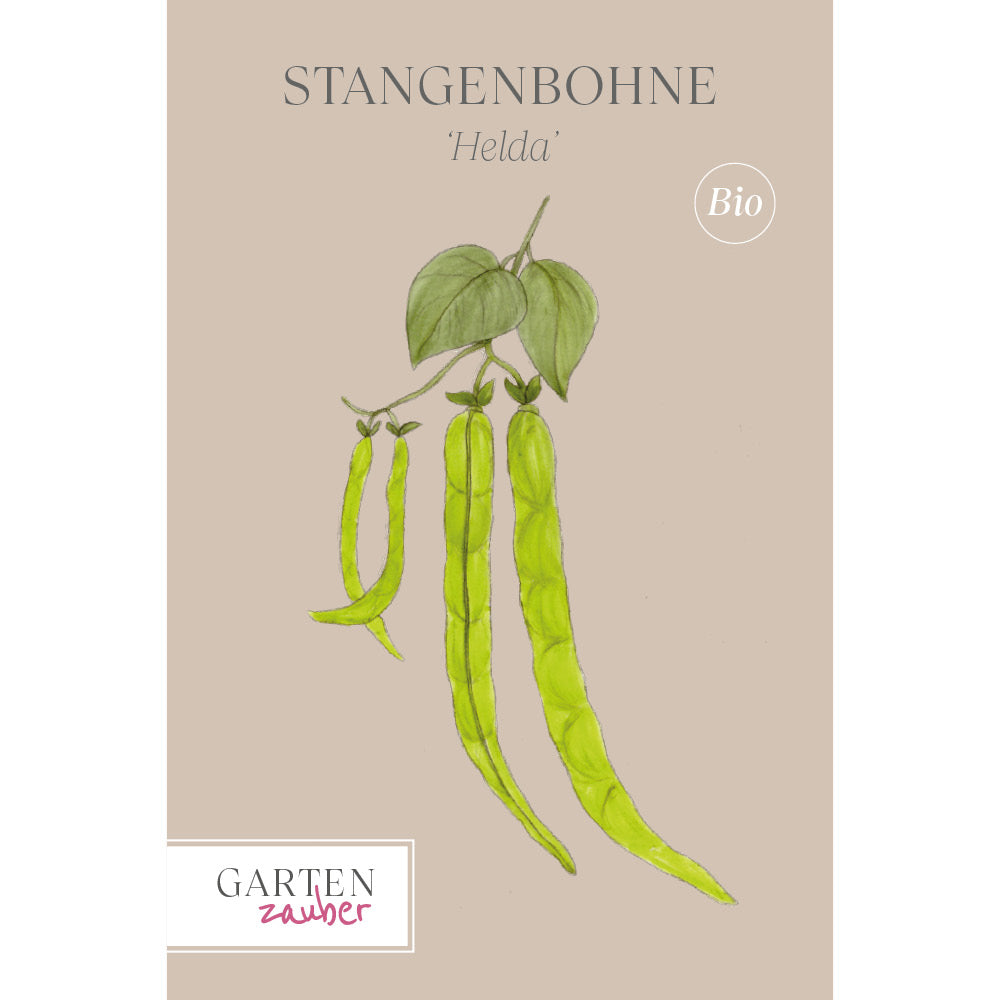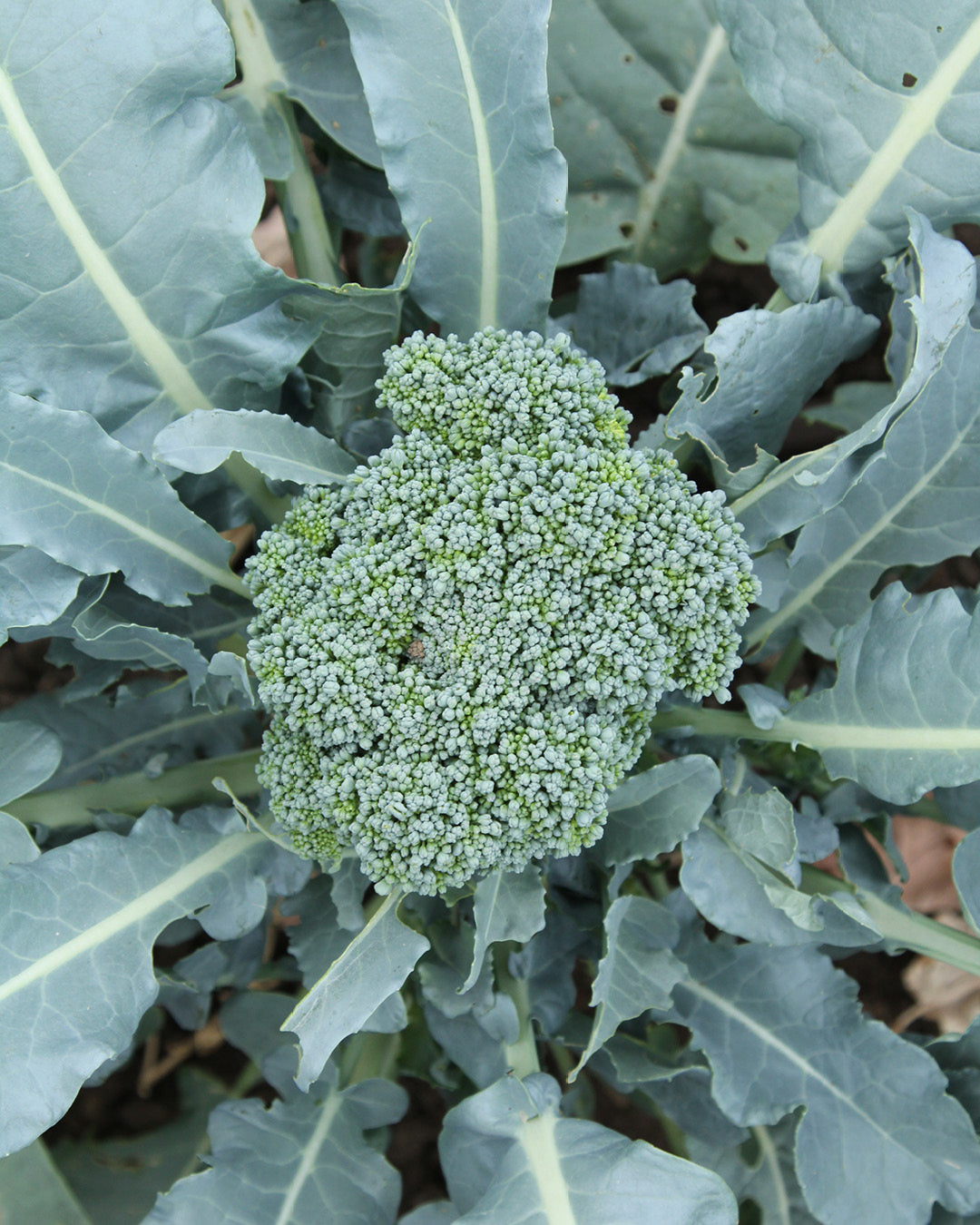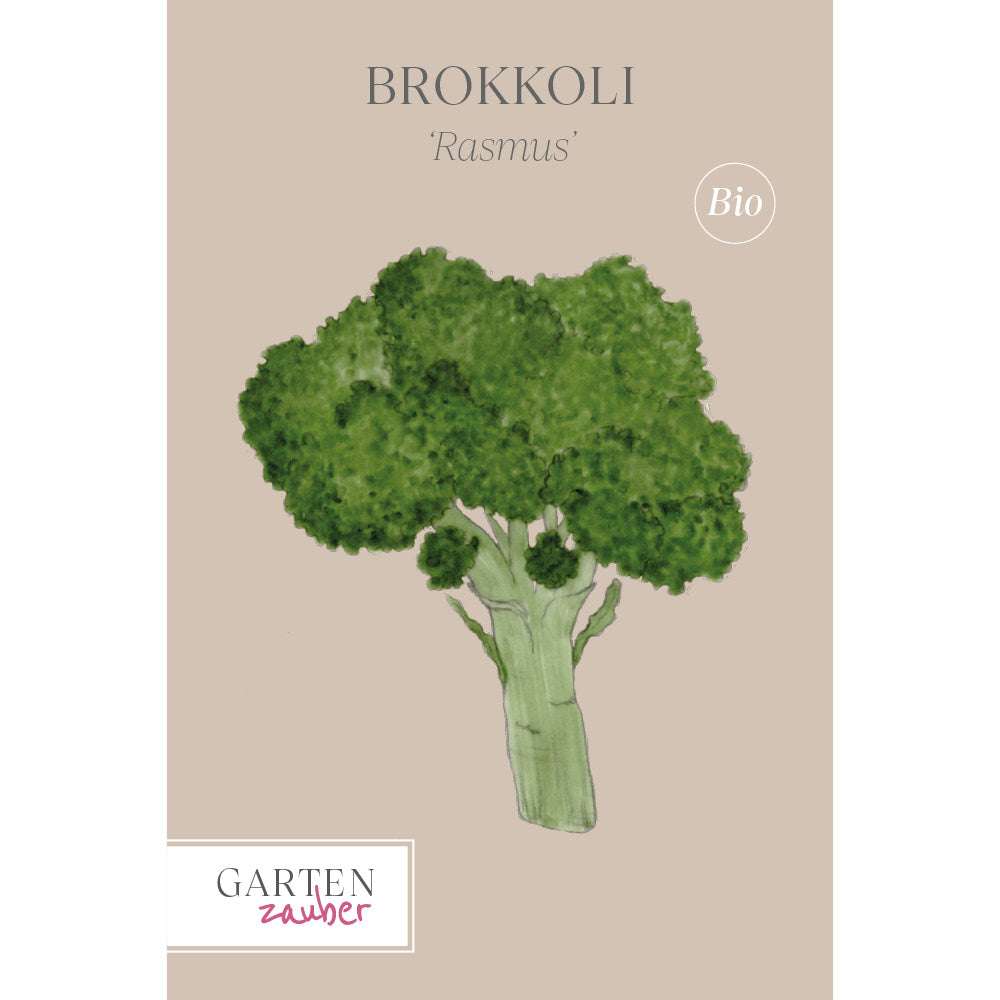Jerusalem artichoke
Common name: Jerusalem artichoke, Jerusalem artichoke, Jerusalem artichoke (note: Yacon and Helianthus are also known as earth pear), Jerusalem artichoke. Botanical name: Helianthus tuberosus. Family: Asteraceae.
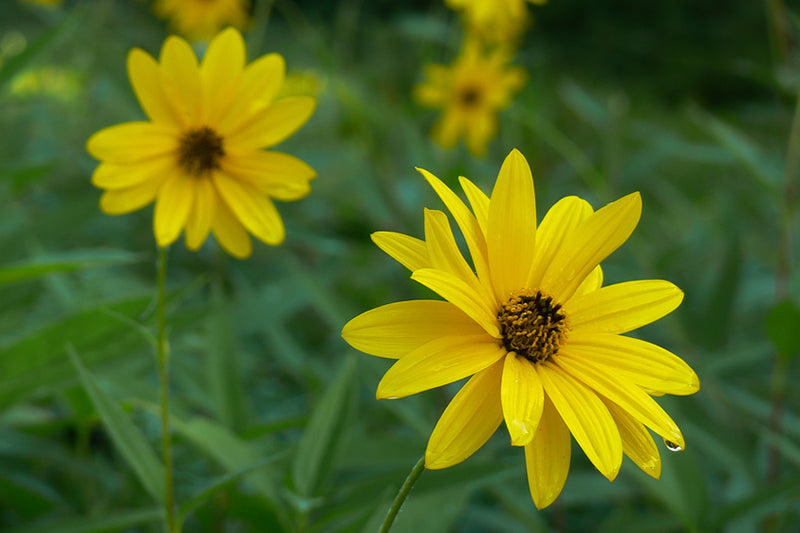
Jerusalem artichoke, also known as Jerusalem artichoke or Jerusalem artichoke, is a forgotten vegetable that is making its way back to our plates. The root looks like a cross between ginger and a potato. Originally native to North America, the plant takes its name from a Native American tribe that became known in France at the same time as the plant. The root was consumed in large quantities during World War II and subsequently blacklisted due to its association with these unpleasant memories. The tubers are rich in fiber, which stimulates digestion, and are also rich in vitamin B and inulin, which, unlike starch, does not affect the blood sugar levels of diabetics.
Cultivation
Planting:Plant the tubers in spring or autumn at a distance of about 80cm, with rows 1m apart.
Location:Full sun and no immediate neighbors, so no plant community possible.
Winter hardiness:Do not provide winter protection to avoid making things easier for rodents. Since the plant is native to North America, it doesn't struggle with European winters. The most popular is the red variety, but you can also try the purple variety from Rennes, the red from Limousin, or the toothed variety.
Care:It requires little effort once planted in deep soil. However, it is sometimes necessary to cut the foliage back to half its height in summer to avoid unsightly staking. This slows growth without compromising root development.
Pests:Sometimes rodents come along and feast on their food. Otherwise, you can safely put away all the pest control products, including the biological ones.
Reproduction:Jerusalem artichokes reproduce exclusively through tubers, and the plants produce so many that there will be enough to eat, propagate, and even give to friends. You can choose between red, slightly rounded tubers and white, elongated tubers, which are easier to prepare.
Harvest:Starting in November, dig up the roots. Leave some in the ground for the next harvest.
use
What is harvested:Sprouting tubers. But don't rush things: You have to wait until the annual dormancy period begins, and then harvest from November to March. The tubers can't be stored, except for a few days in the refrigerator, so you harvest in portions as needed. Fortunately, frost doesn't affect the tubers.
Preparation: The artichoke-like flavor will enchant your palate. You can also make delicate cream soups from them and serve them in small glasses like a master chef.
Our personal comment
This wonderful plant, a victim of negative associations from the 1940s, is now being re-ennobled by today's great chefs—a reputation it should never have lost. Perhaps this is why one can easily find more than 30 different varieties on the market.
Little tips
The roots are first blanched in boiling water and then cooked in salted water. Add some sage leaves for better digestibility.
← vorheriger Post: Propagating houseplants
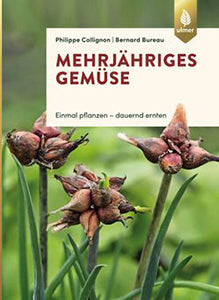
The content of this article is from the book:
Philippe Collignon | Bernard Bureau
Perennial vegetables– Plant once – harvest continuously
EUR [D] 19.90 | EUR [A] 20.50 | CHF 26.90
ISBN 978-3-8001-0297-6
Ulmer Verlag
Authors Philippe Collignon and Bernard Bureau promise maximum vegetable enjoyment with minimal effort in their new gardening guide "Perennial Vegetables" (Eugen Ulmer Publishing). Growing perennial vegetables saves time, money, and effort, because with just one planting, you can harvest your own fresh vegetables year after year. No matter how large the garden or balcony area is, they show how anyone can create a permanent vegetable garden, combine perennial vegetables with annual plants, or integrate them into ornamental plant beds.

